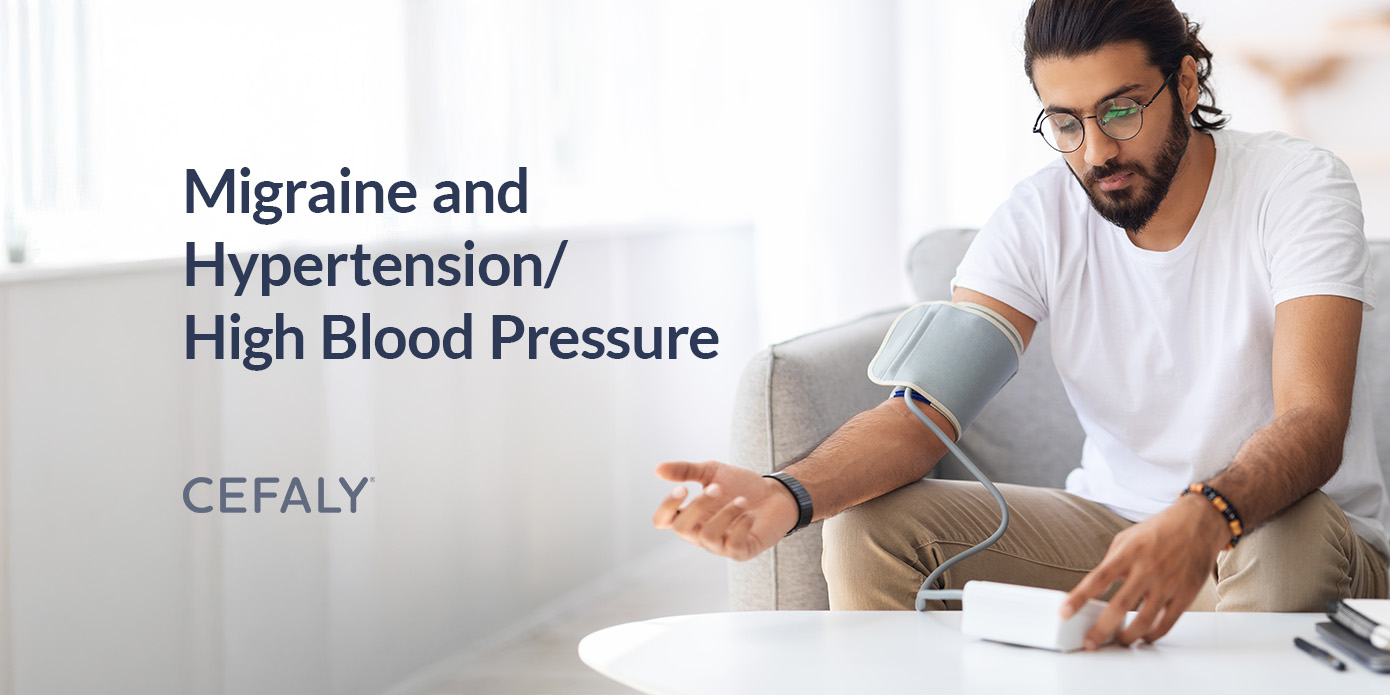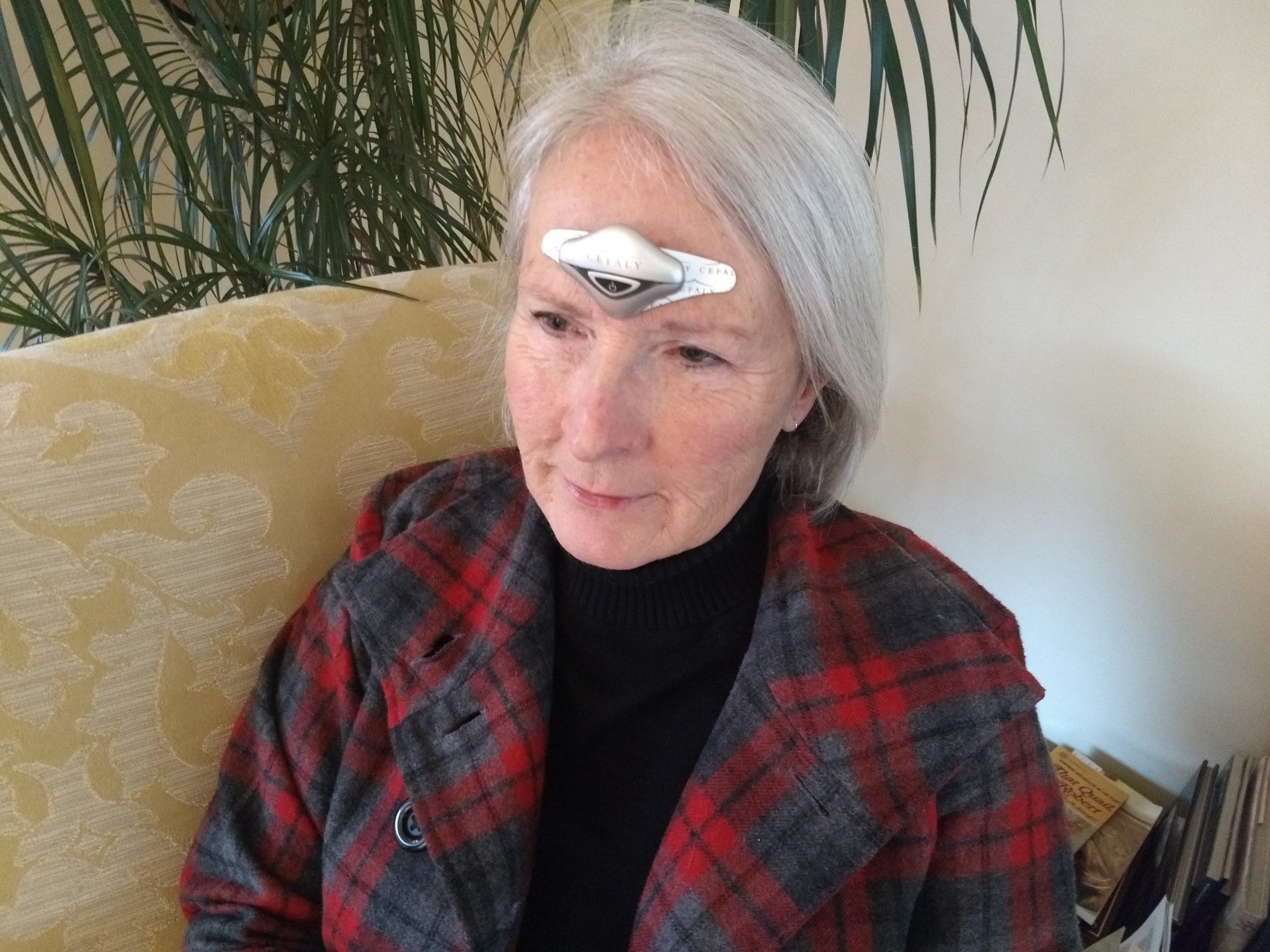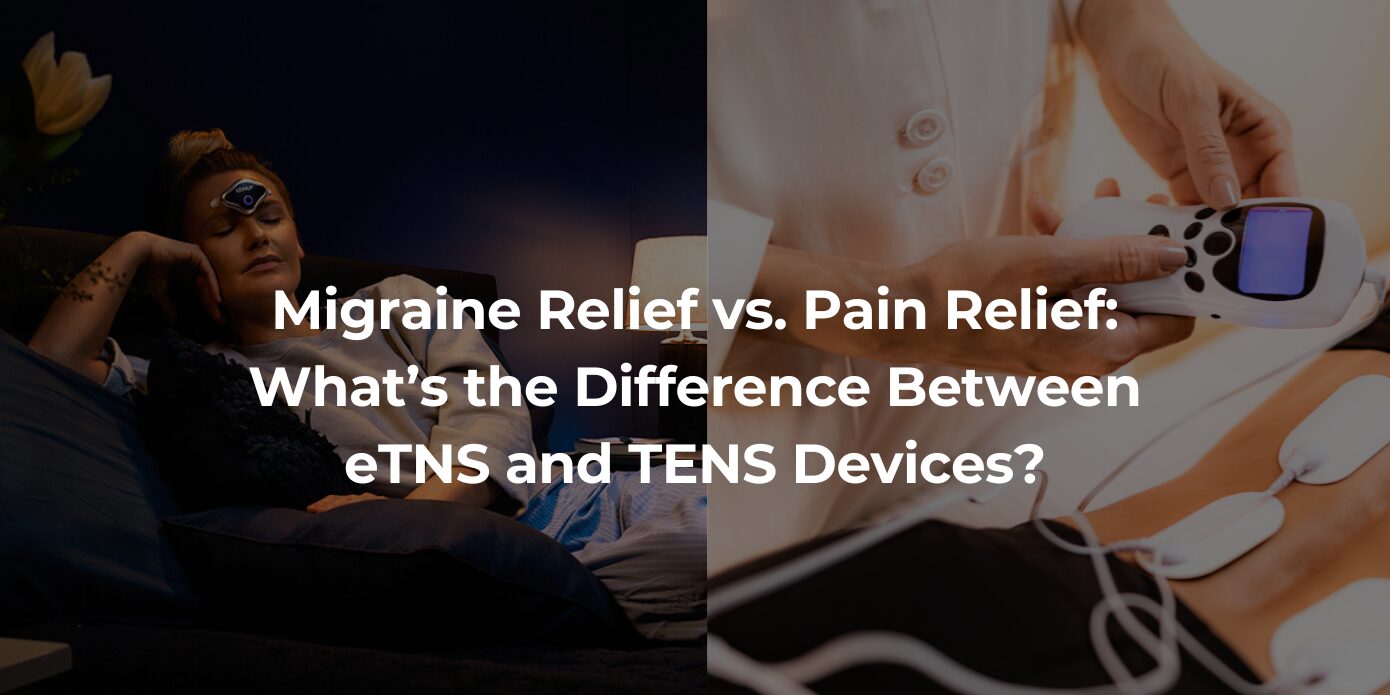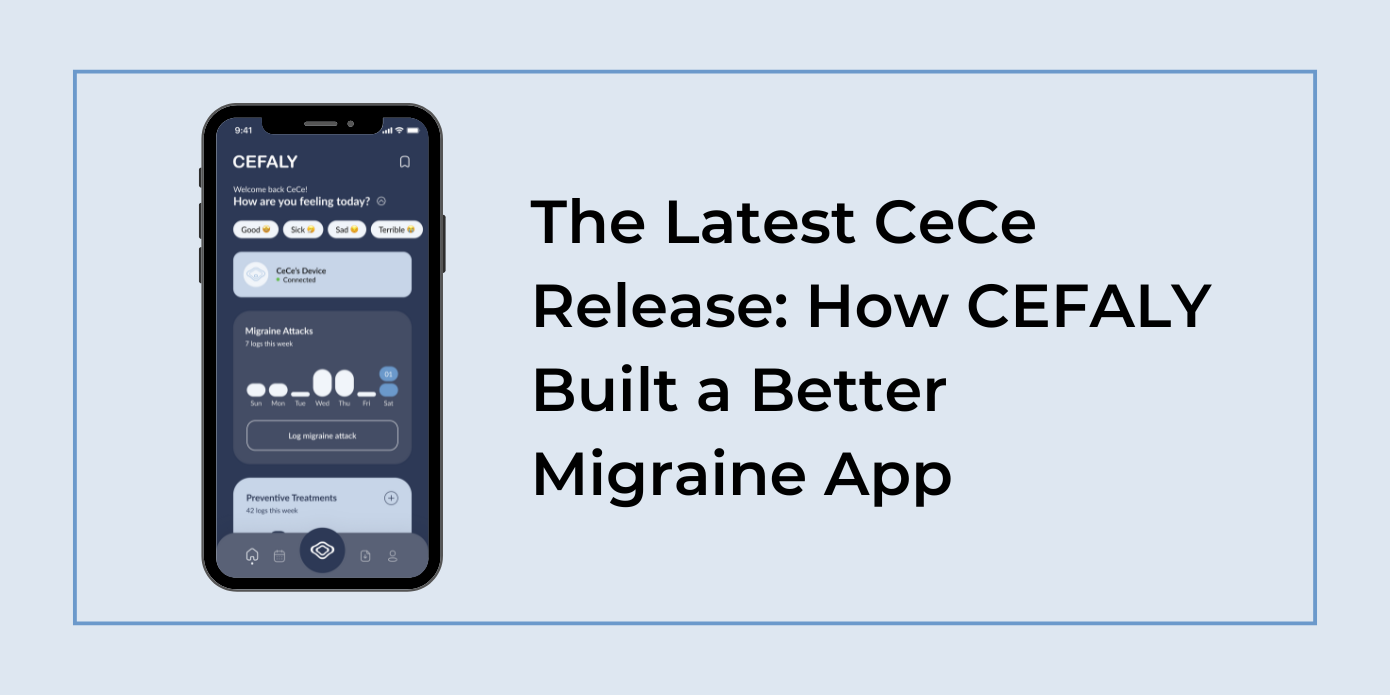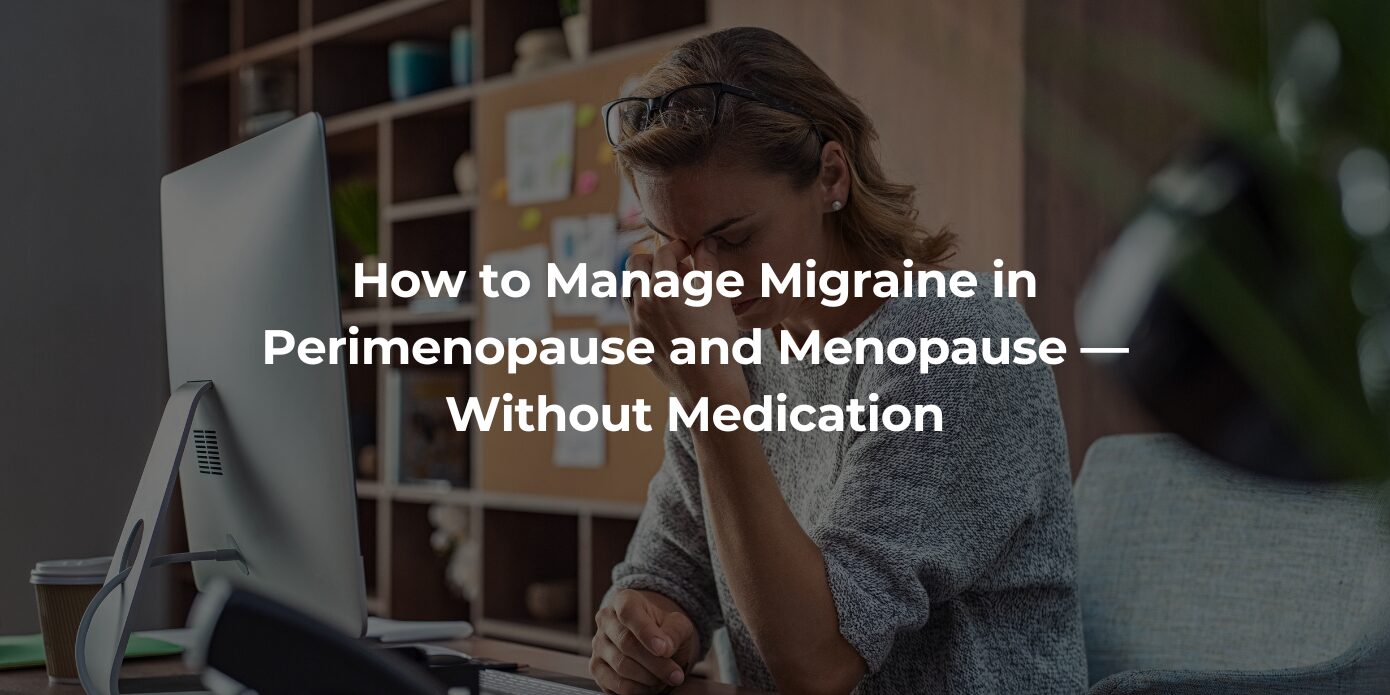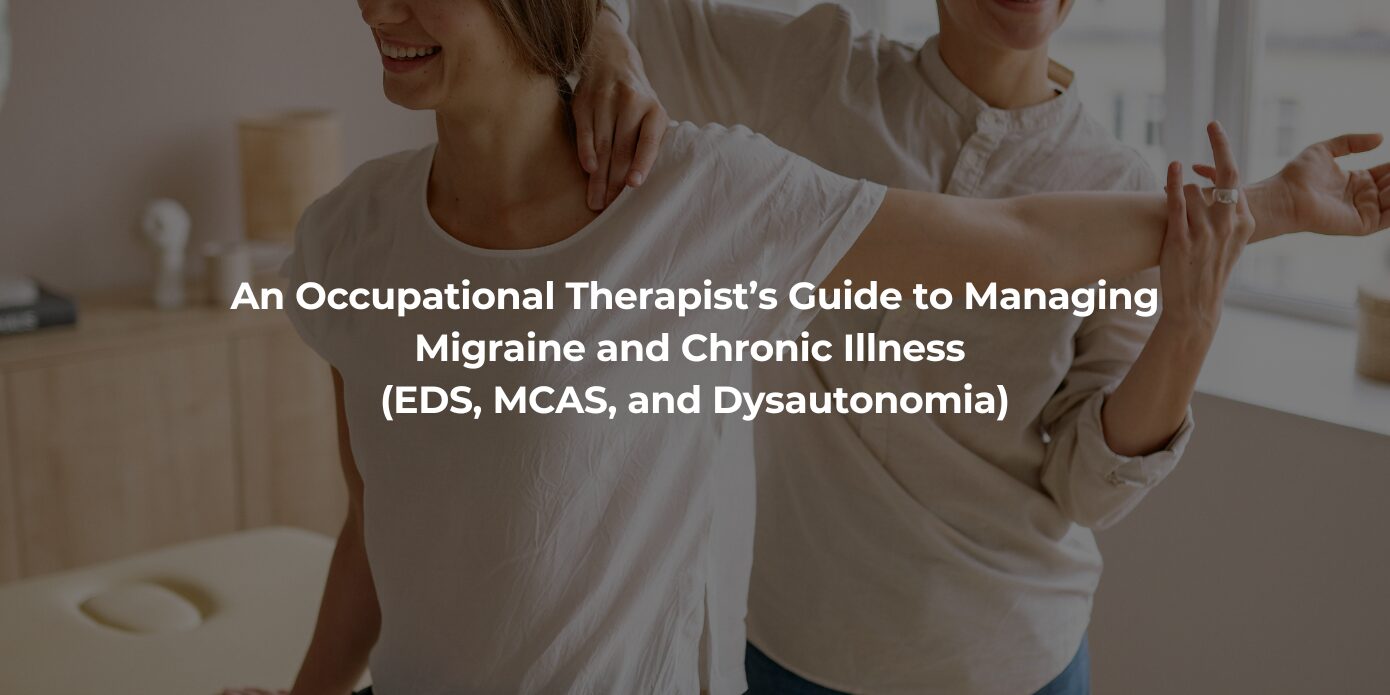- Can migraine cause high blood pressure?
- Can high blood pressure cause migraine headaches?
- What is hypertension migraine?
- What can trigger hypertension migraine?
- Treatment options for migraine
Although research is still exploring the relationship between migraine and hypertension, people with each of these conditions often experience the other. Determining how high blood pressure relates to other conditions can be difficult, as over half of adults with hypertension go undiagnosed and untreated.
If you’re aware of your hypertension and the potential for migraine to impact it, you’re off to a good start in learning to manage these conditions. This guide will explain what we know about the relationship between high blood pressure and migraine — and how to find relief.
Can migraine cause high blood pressure?
Further research is necessary to clarify how migraine and high blood pressure may affect each other. One large study found that people with migraine had a 37% greater chance of developing hypertension. However, other research has found inconclusive and even contradictory data about the relationship between migraine and hypertension.
High blood pressure and migraine may co-occur because of genetics or other factors in the body causing both conditions. A study exploring this idea identified 12 genes that seem to impact a person’s chance of developing both high blood pressure and migraine. This could explain why many people experience these conditions together, even in cases where one may not cause the other.
Get Drug-Free Migraine Relief With CEFALY
Shop Now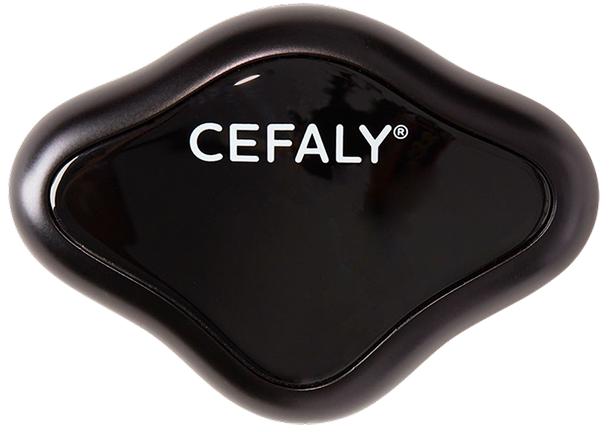
90-day money back guarantee
FDA-cleared
financing available
Can high blood pressure cause migraine headaches?
Although many people with migraine also have hypertension, there’s no clear evidence that high blood pressure causes migraine. Studies have been inconclusive when tracking whether people with hypertension are more likely than others to start having migraine episodes. Very high blood pressure can sometimes cause headaches, but these are distinct from migraine.
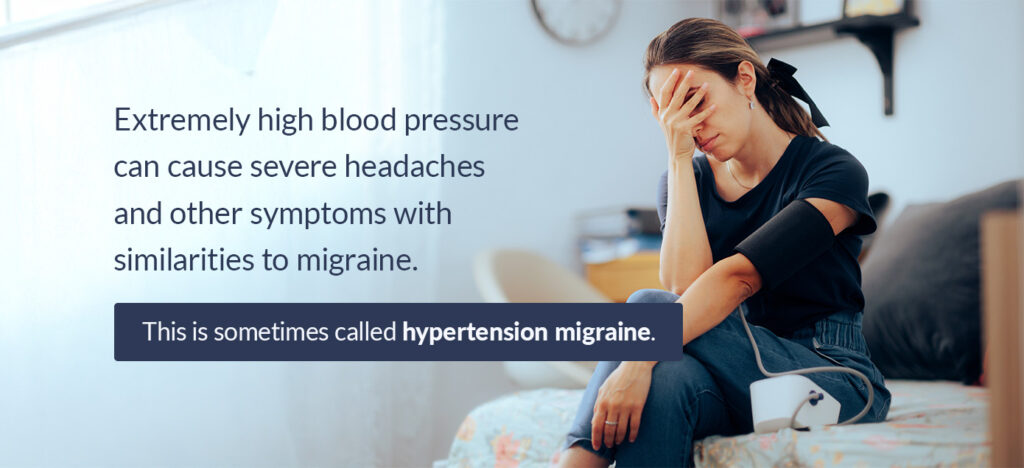
What is hypertension migraine?
Technically, there is no such medical diagnosis as “hypertension migraine.” However, extremely high blood pressure can cause severe headaches and other symptoms with similarities to migraine. This is sometimes called hypertension migraine. It can strike more suddenly than migraine and is far more dangerous.
High blood pressure normally displays no symptoms. But this can change when blood pressure reaches at least 180/120 mmHg and a hypertensive crisis sets in. Hypertensive crisis symptoms include:
- Severe headache
- Nosebleed
- Weakness
- Vertigo or difficulty with balance
- Speech difficulties
- Altered mental status
- Vomiting
- Altered or lost vision
- Chest pain
- Shortness of breath
If you ever believe you are experiencing a hypertensive crisis, seek immediate medical attention. These crises are dangerous and need rapid treatment to lower blood pressure to safer levels.
Try CEFALY for Migraine Relief
What can trigger hypertension migraine?
Extremely high blood pressure itself is the trigger for hypertensive crises and the headaches accompanying them. Factors known to cause these extreme blood pressure levels include:
- Failing to take prescribed medication for high blood pressure.
- Suddenly stopping regular use of blood pressure medication.
- Inadequate dosages of blood pressure medication.
- Adverse drug interactions.
- Kidney disease.
- Hormonal issues.
- Recreational drug use.
- Head trauma.
- Brain tumors.
- Preeclampsia or eclampsia during pregnancy.
Most people with high blood pressure never experience a hypertensive crisis. But for the 1% to 2% of people with high blood pressure who do experience hypertensive crises, they are serious medical emergencies. The populations most vulnerable to these crises include:
- Inconsistent users of blood pressure medication.
- Men.
- Older adults.
- African Americans.
- People with obesity.
- People with certain heart conditions.
- People without a primary care provider.
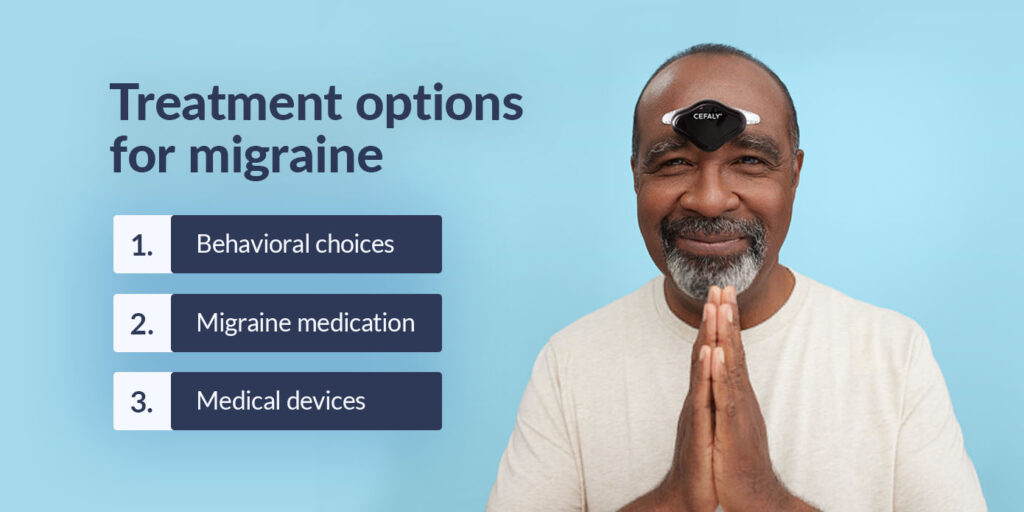
Treatment options for migraine
If you experience migraine, whether related to your blood pressure or not, you have various options for prevention and relief. These include lifestyle shifts, medicines and medical devices.
1. Behavioral choices
You may be able to reduce your migraine frequency or relieve your symptoms by changing or consolidating your routines:
- Stress: Excessive stress or poor stress management can elevate blood pressure and trigger migraine. Practice breathing routines, meditation or other healthy stress management strategies.
- Food: Eat a nutritious diet that avoids common migraine trigger foods like chocolate, alcohol and foods with MSG.
- Sleep: Develop a nighttime routine to support consistent healthy sleeping patterns.
- Triggers: Keep a migraine journal to track triggers and symptoms. Common triggers include harsh light and excessive screen time. Avoid your triggers as best you can, especially if you detect any signs of an oncoming episode.
2. Migraine medication
Depending on the patient, there are various medications doctors recommend for migraine prevention and pain relief. Common acute medications range from over-the-counter pain relievers to triptans. Some of the most effective migraine prevention medications are blood pressure-lowering medications. These include beta-blockers and calcium channel blockers.
Consult a doctor before taking any new medication. Your doctor can help you understand which medicines could be best for you, especially if you have both migraine and hypertension.
3. Medical devices
Several migraine treatment devices exist, giving you more options to use with or instead of migraine medication. External trigeminal nerve stimulation (eTNS) devices use a precise electrical current to target the trigeminal nerve — the brain’s primary pathway for migraine pain.
Research supports the effectiveness of these devices for preventing and relieving migraine. One study found that 79% of CEFALY users experienced significant pain relief from eTNS during attacks. In another study, 38.1% of CEFALY users saw their migraine days reduced by half — or more — with compliant use. Additionally, you can get an eTNS device without a prescription.
Try CEFALY for migraine relief
For a proven migraine prevention and relief solution, try CEFALY. It’s the number-one research-backed eTNS device.
The portable, Bluetooth-compatible CEFALY Connected device provides pain relief wherever you are. Use this FDA-cleared device alone or with other treatments. You can also enjoy free shipping and a three-year warranty on your device.
Try CEFALY Connected with a 90-day money-back guarantee for superior relief.
